Get Tech Tips
Subscribe to free tech tips.
Electric Heat & Blower Interlock
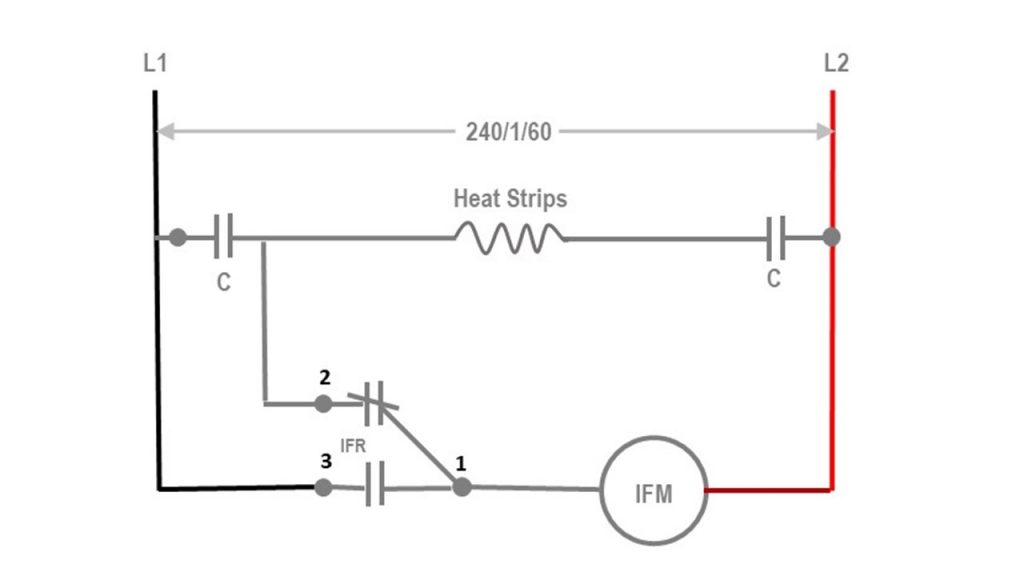
In residential air handler/fan coils, it is common to use a high-voltage interlock between the blower and the electric heat strips to ensure that the blower comes on whenever the heat is on.
The problem is that it CANNOT work the other way around where the heat comes on with the blower.
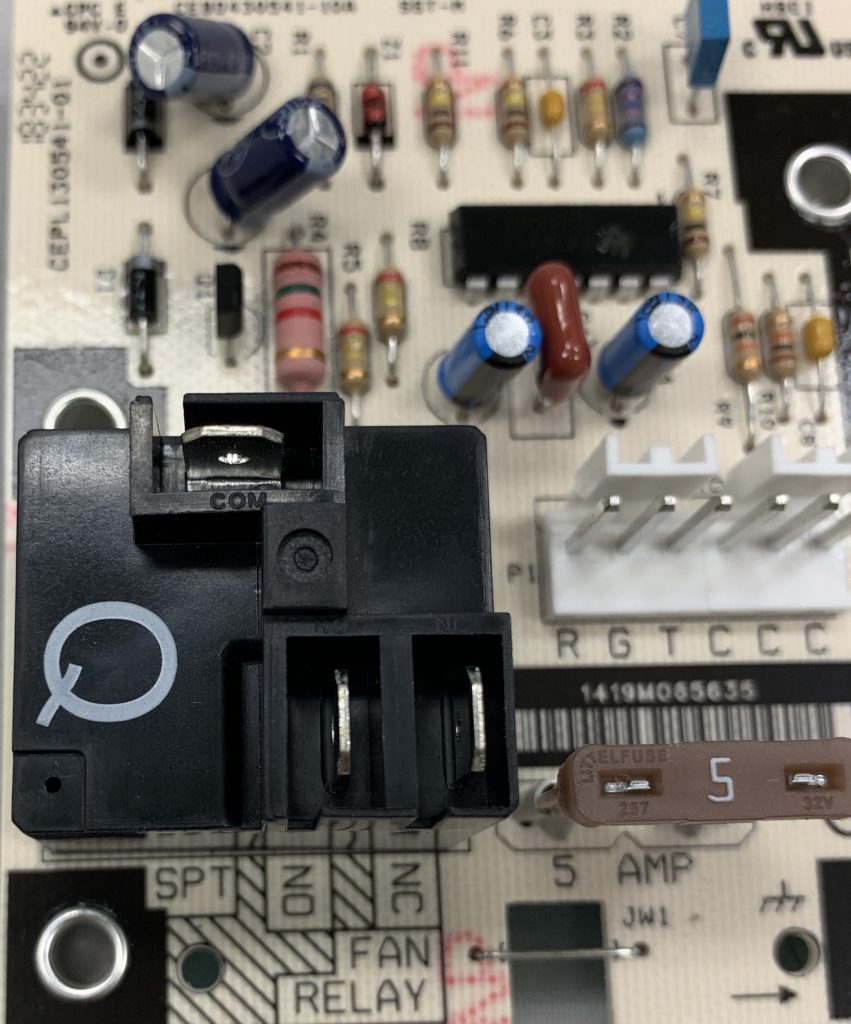
Heat strips are generally going to draw 20+ amps, depending on the voltage and KW rating. You CANNOT power them through a typical relay like a blower relay or board, generally rated for 15 amps or less.
The way the interlock is wired is really quite obvious, but it's easy to forget because it's the reverse of what we are used to with a relay.
In short, we connect the blower to the “common” terminal on the relay, L1 power to the normally open (n.o.) terminal, and the load (out) side of the heat strip contactor /relay/sequencer to the normally closed (n.c.) terminal.
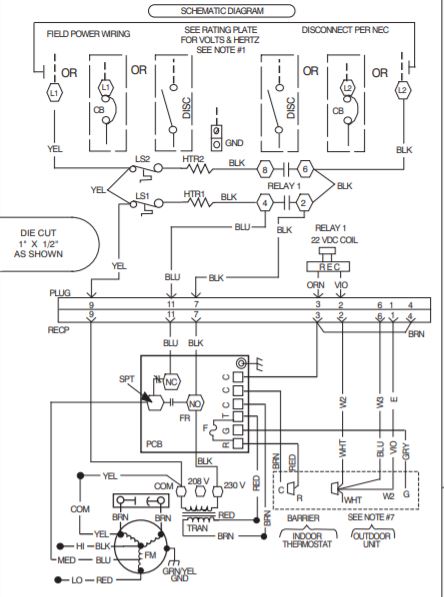
This diagram from Carrier shows the blower connected to the common terminal and constant power coming in on black to the normally open terminal from the right side of the transformer primary.
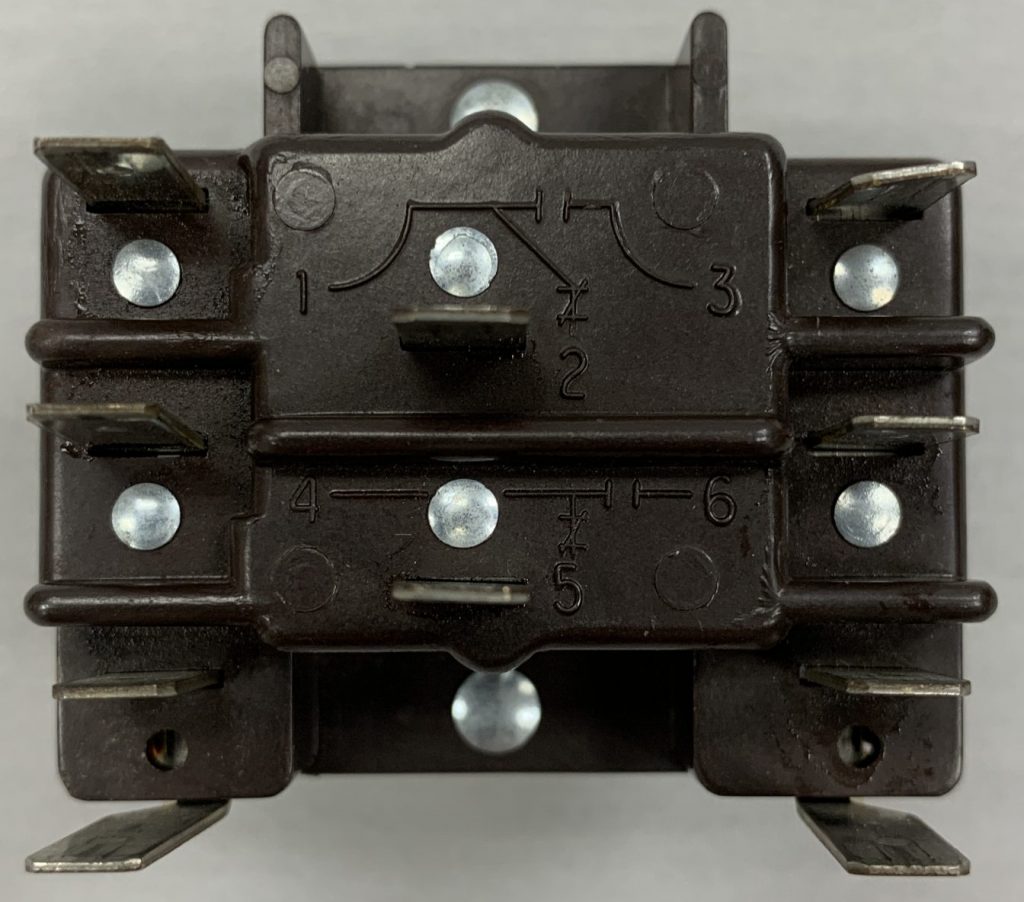
Let's use this 90-340 relay as an example. The blower would connect to 1, power to 3, and the heat strips to 2.
I made a video on it as well if you need it. The result is that the blower runs with the heat, but the heat doesn't run with the blower.
—Bryan
P.S. — We also have a 9-panel guide showing how this works:



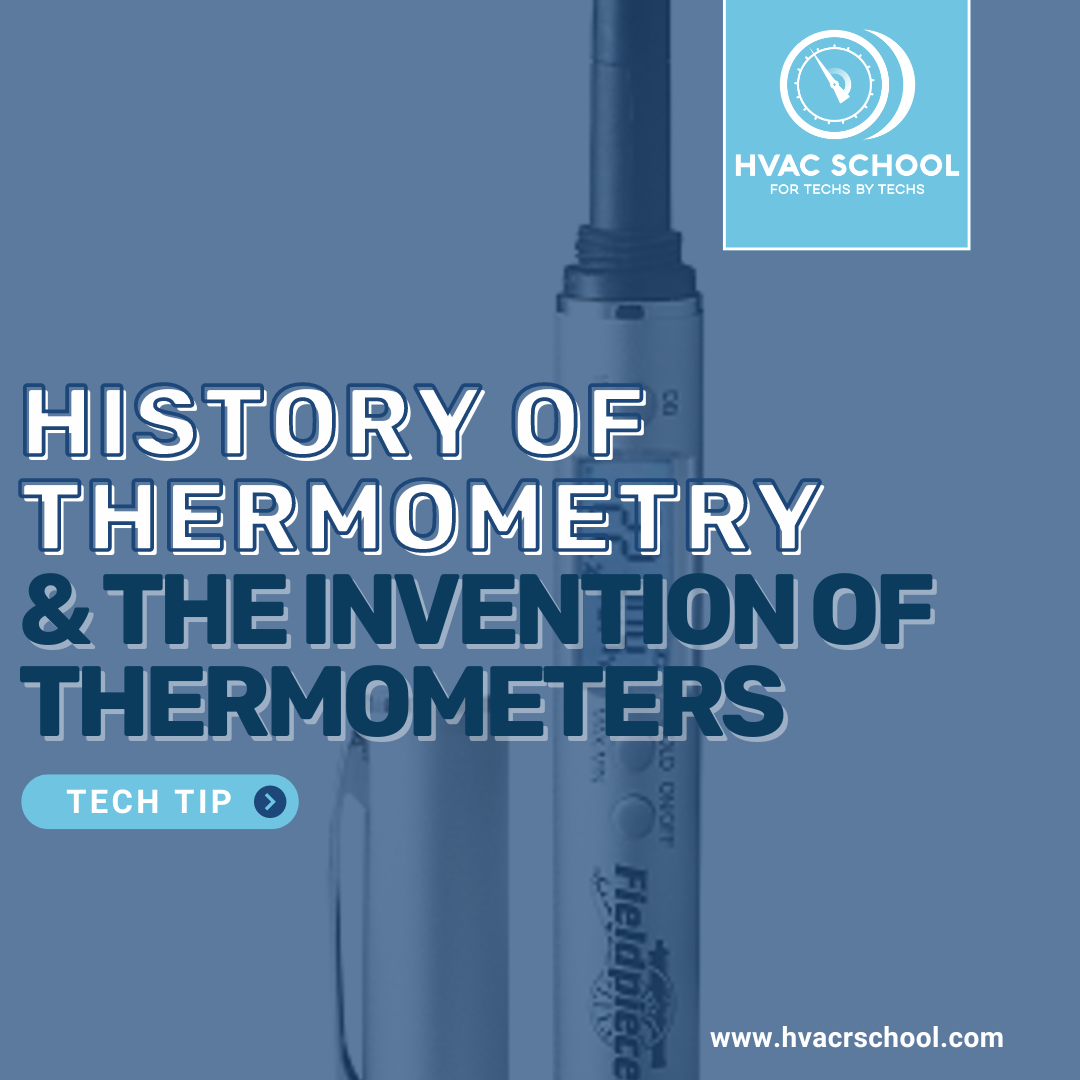







Comments
To leave a comment, you need to log in.
Log In